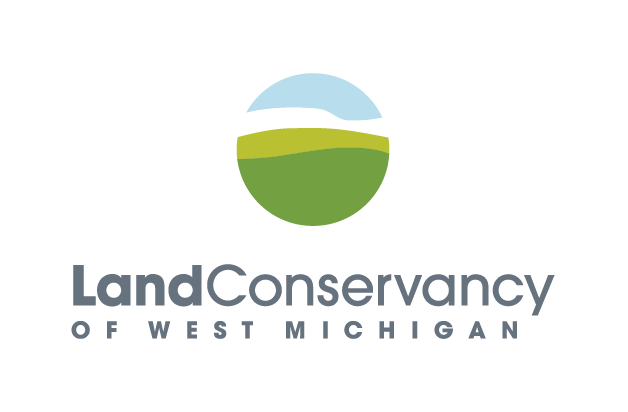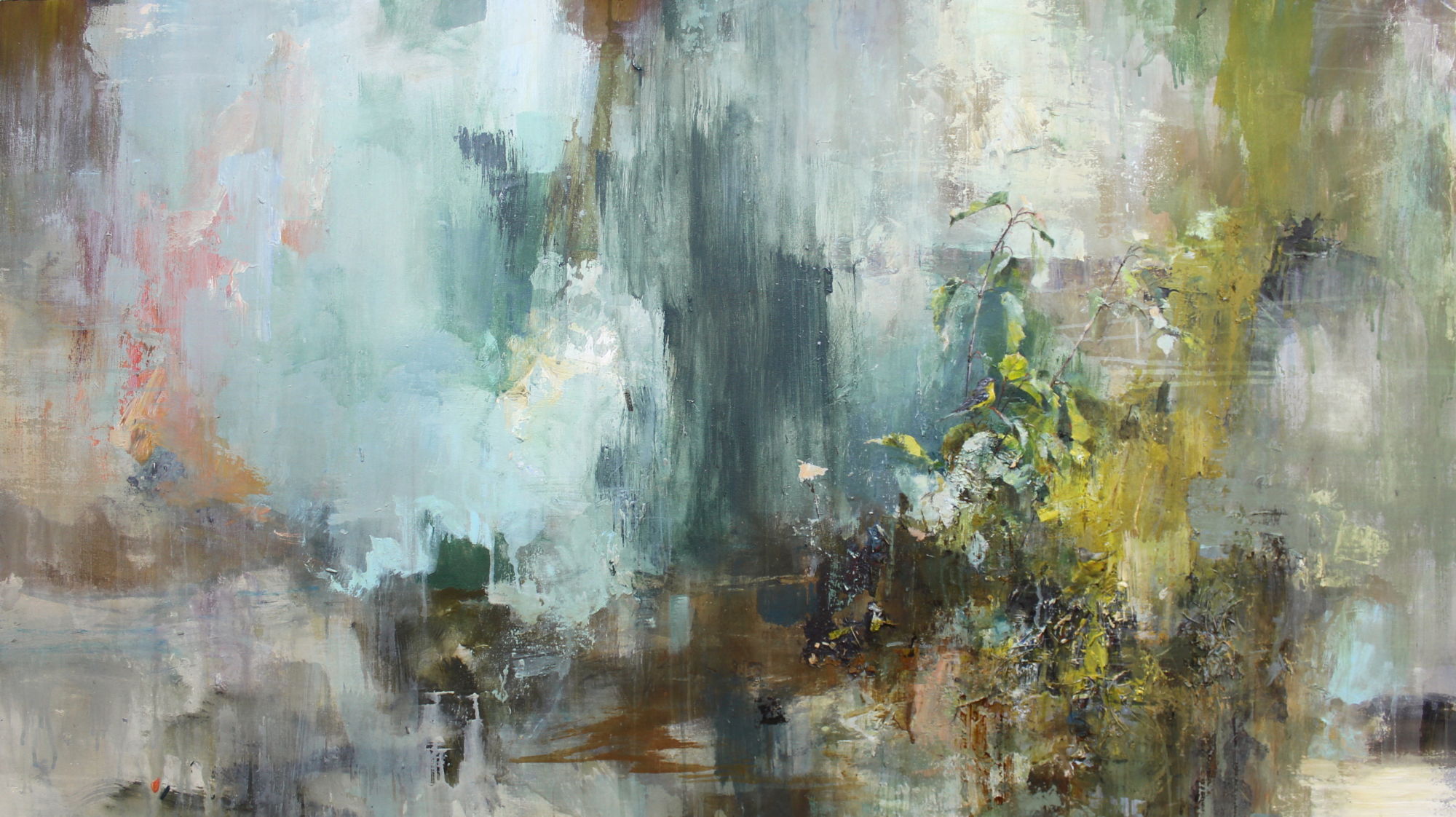
Justin Kellner treads between real and abstract
PRESERVED! Artist Interview Series
Justin Kellner grew up in Menominee, Michigan—a small town on the southern tip of the Upper Peninsula. Up there, wild, natural views are within easy reach.
“You can walk two blocks and be next to a river, you can go swimming, you can access the bay or just drive 15-20 minutes north and access the woods,” Kellner said.

Justin Kellner
The town of Menominee is wedged between the Menominee River and Lake Michigan’s Green Bay—a study in the ways land meets water. Kellner spent his childhood hiking, swimming, fishing and visiting his family’s hunting camp. The scenes that surrounded him growing up now inform his artwork.
Kellner’s paintings tread between realism and abstraction. He draws from his memories of the Upper Peninsula landscape—the view along the Lake Michigan shoreline, the winding creek by his family’s hunting camp.
“I’m always keeping these textures and forms in mind while I’m painting,” Kellner said. But he is never attempting to capture a specific landscape, he said. Instead, he paints abstract suggestions of the natural spaces he remembers.
Amidst the backdrop of these amorphous landscape amalgams, Kellner inserts realistic renderings of birds. The birds are small, and though they are the most realistic part of the paintings, they manage to blend in with their surroundings. A viewer must take in the whole, massive painting before their eye trains on the grounding realism of the bird.
Viewing one of Kellner’s paintings is not unlike the experience of birding.
“You don’t see them right away—it’s a little bit more accurate to birding,” Kellner said “They’re hidden, you’ve got to really search for them. They’re not always just sitting there just staring back at you for long periods of time. They’re here and gone in a moment.”
Kellner’s interest in birds started with his dad, whose ability to identify birds wowed him as a child.
“I was always impressed that he would know what it was, just by barely seeing the silhouette,” Kellner said.
He further explored the world of birding through his artwork. When Kellner first began painting birds, he would use field guides and bird books as references. Then he became more interested in painting from his own source images and photographed birds who would come to the feeder in his yard. Finally, he started venturing out to discover what else he could find. He’s since painted warblers, waterfowl, nuthatches and herons, learning to identify them along the way.
“Knowing what’s around you is super interesting to me,” Kellner said. “These birds are there, but you might not necessarily know if you’re not paying attention.”
Kellner’s paintings evoke themes of environmental fragility. Birds are particularly vulnerable to habitat degradation, and the presence of certain species can indicate the health of an ecosystem. The abstract surroundings are meant to give the impression of “erosion, change and isolation,” he says in his artist statement.
While he finds it important to communicate this fragility, he has found that the primary objective of his work is getting out in nature, finding birds and observing their habitats.
Kellner said he appreciates the Preserved! program because it offers him a chance for his artwork to contribute to protecting its subject matter.
“I love doing Preserved! because it’s exactly what I want to be doing with my artwork,” Kellner said.
Kellner hopes his paintings inspire curiosity about and care for the natural world.
“I want people to get interested in birding, as well as getting outdoors, going camping and hiking,” Kellner said. “I feel like that kind of mindset will help people care more about nature and the environment.”
You can see and purchase Justin Kellner’s pieces inspired by Land Conservancy projects this fall at the Preserved! gallery receptions and exhibits. Learn more and register to attend the opening receptions here.








